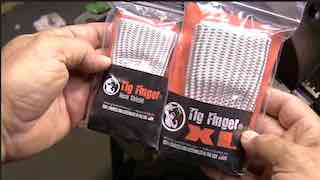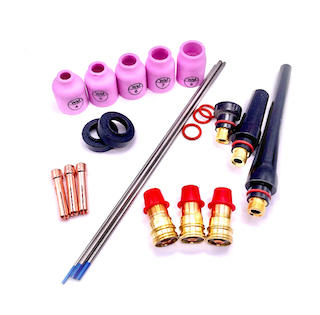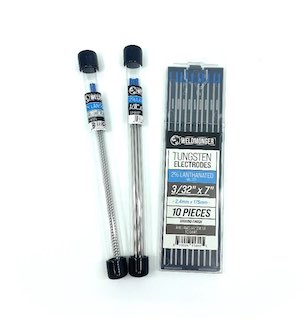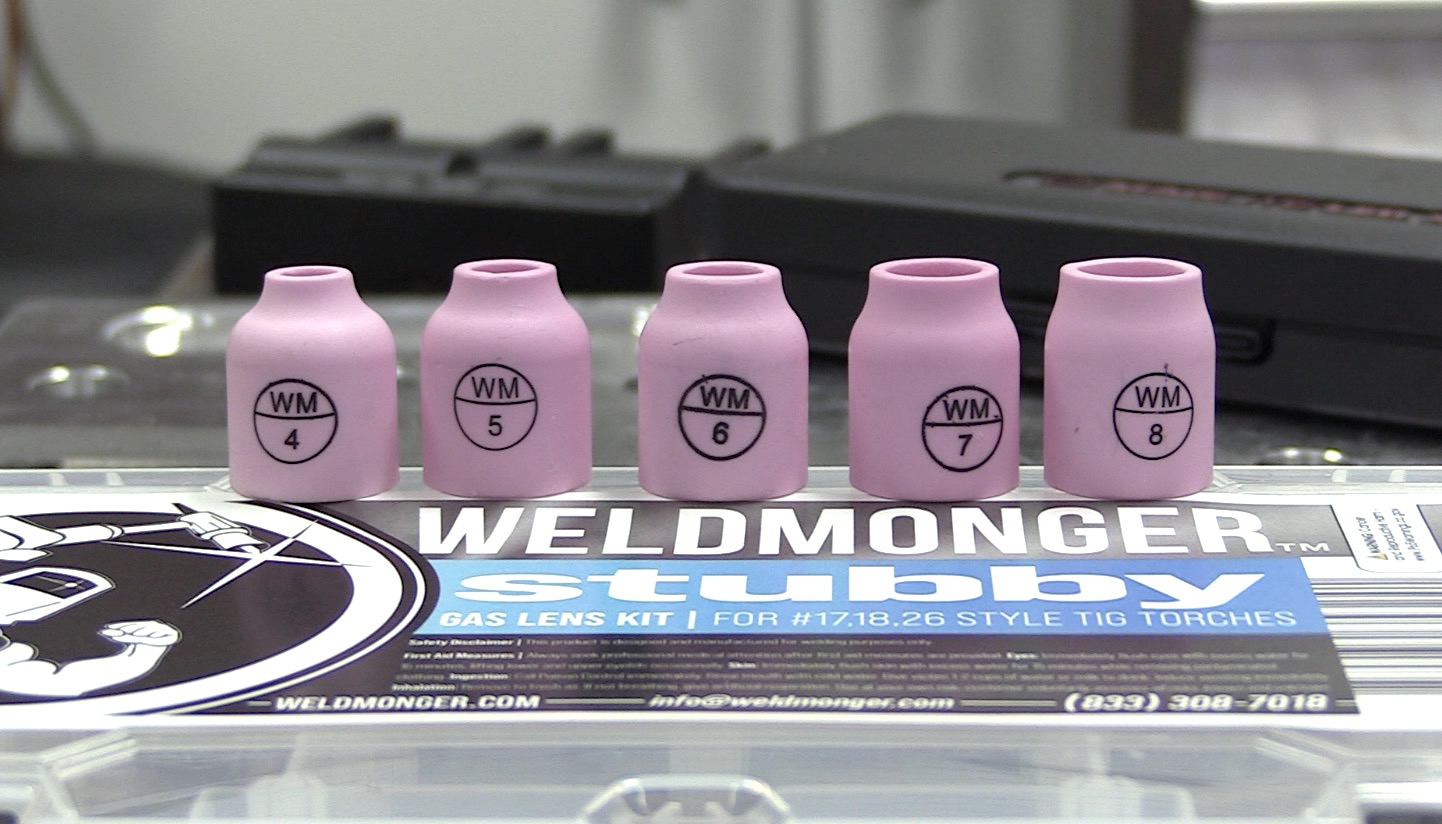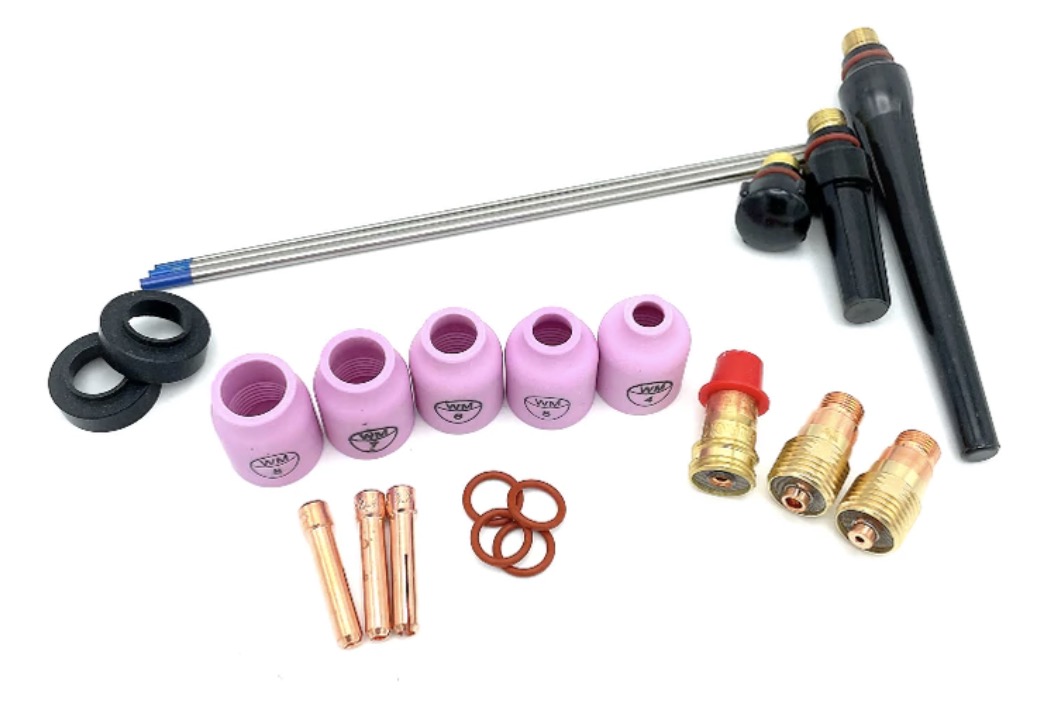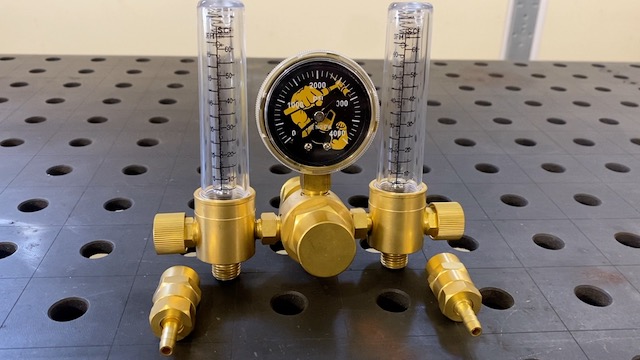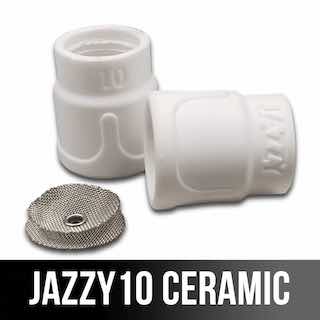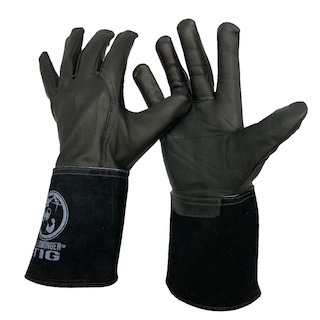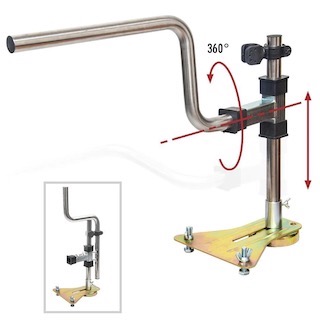Carbide Precipitation vs. Sugaring in Stainless Steel Welding
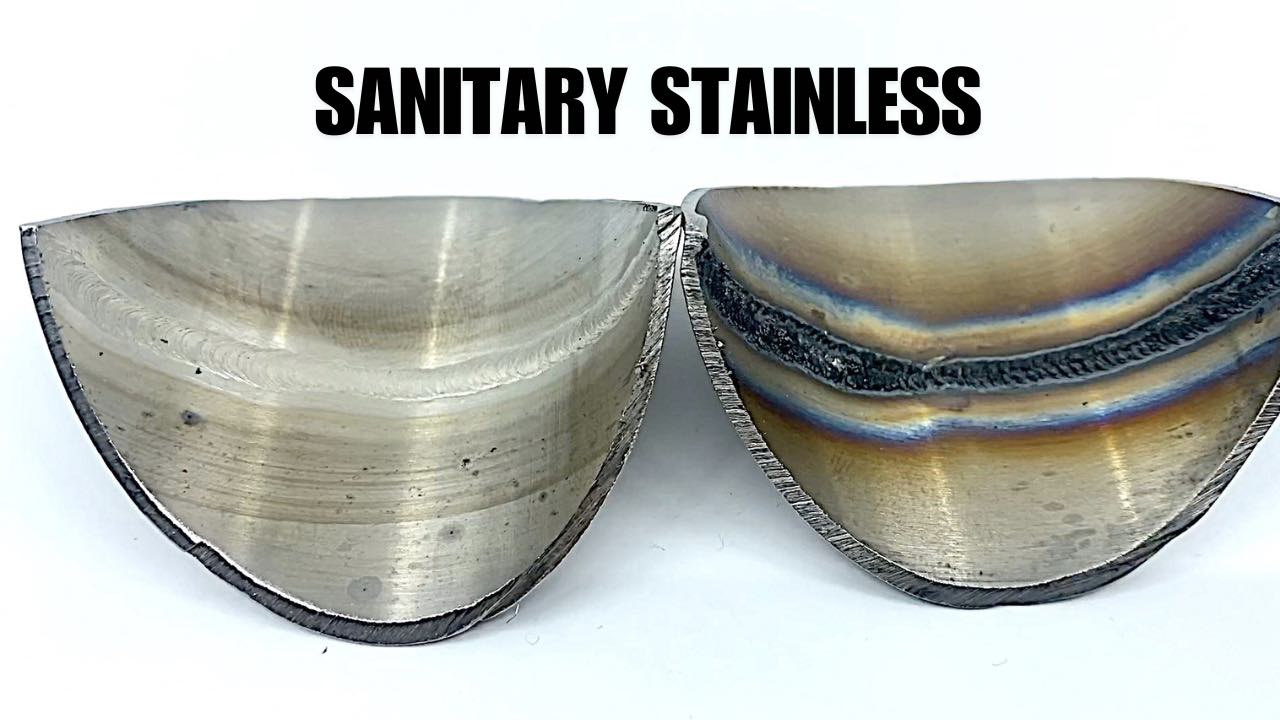
Both carbide precipitation and sugaring (also called oxidation or granulation) are problems specific to stainless steel TIG welding, but they are very different in how they happen and what damage they cause.
So what is carbide precipitation?
Carbide Precipitation
(a slow internal attack — like termites in the walls)
What it is:
Carbide precipitation is a detrimental change in stainless steel that happens when certain grades of stainless stay too hot for too long.
Carbide precipitation happens when stainless steel is heated and held between 800°F and 1,600°F — and chromium combines with carbon to form chromium carbides. These carbides form along the grain boundaries of the metal and create chromium depleted zones in the heat affected zone (HAZ).
- HOME
- Tig Welding Stainless
- Tig Welding Stainless Steel
- Carbide Precipitation
Why carbide precipitation is bad:
Chromium is what gives stainless steel its corrosion resistance. When it bonds with carbon to form carbides, there’s less chromium available near the grain boundaries to protect the steel. This makes the metal more likely to rust or corrode, especially in environments like salt water or chemicals.
🐜 Termite Analogy:
Think of carbide precipitation like termites in a wooden house. From the outside, everything might look fine. But inside, the termites are eating away at the structure, weakening it slowly over time. Similarly, carbide precipitation doesn’t always show up visually, but it compromises the integrity and corrosion resistance of the weld zone internally.
Prevention:
- Use low-carbon filler rods (like ER308L or ER316L — the "L" stands for low carbon).
- Use short arc times and don’t dwell too long with the torch in one spot.
- Avoid high heat inputs and allow for cool-down between passes. This is referred to as "interpass temperature" on welding procedures and for stainless steels, the interpass temp maximum is around 350F meaning you need to let the joint cool to below 350F before proceeding to the next pass.
- Use stabilized grades of stainless like 321 and 347 if long heating cycles are unavoidable.
What is Sugaring? aka Granulation

Sugaring (Severe Oxidation / granulation)
(a visible surface problem — like black mold on the walls)
What it is:
Sugaring occurs when the back side of a stainless weld is exposed to air (oxygen) during welding, without proper shielding gas coverage. The high heat causes chromium and other alloying elements to oxidize and form a grainy, crusty, black or gray residue.
Why it’s bad:
Sugaring looks nasty, but more importantly, it destroys corrosion resistance on the weld surface. That oxidized area becomes a weak point for rust, crevice corrosion, or even bacterial contamination — which is a serious issue in food, pharma, or sanitary pipe work.
Analogy:
If carbide precipitation is termites inside your walls, sugaring is like black mold growing on the outside. You can see it right away, and it’s a sign something’s gone wrong — usually with your purge gas or shielding.
Prevention:
- Use argon purge on the back side of the weld (especially on pipe and tubing).
- Don’t weld stainless without backing gas when the root is exposed.
- there are certain situations where copper or aluminum backing can prevent sugaring but an argon purge is usually superior.






